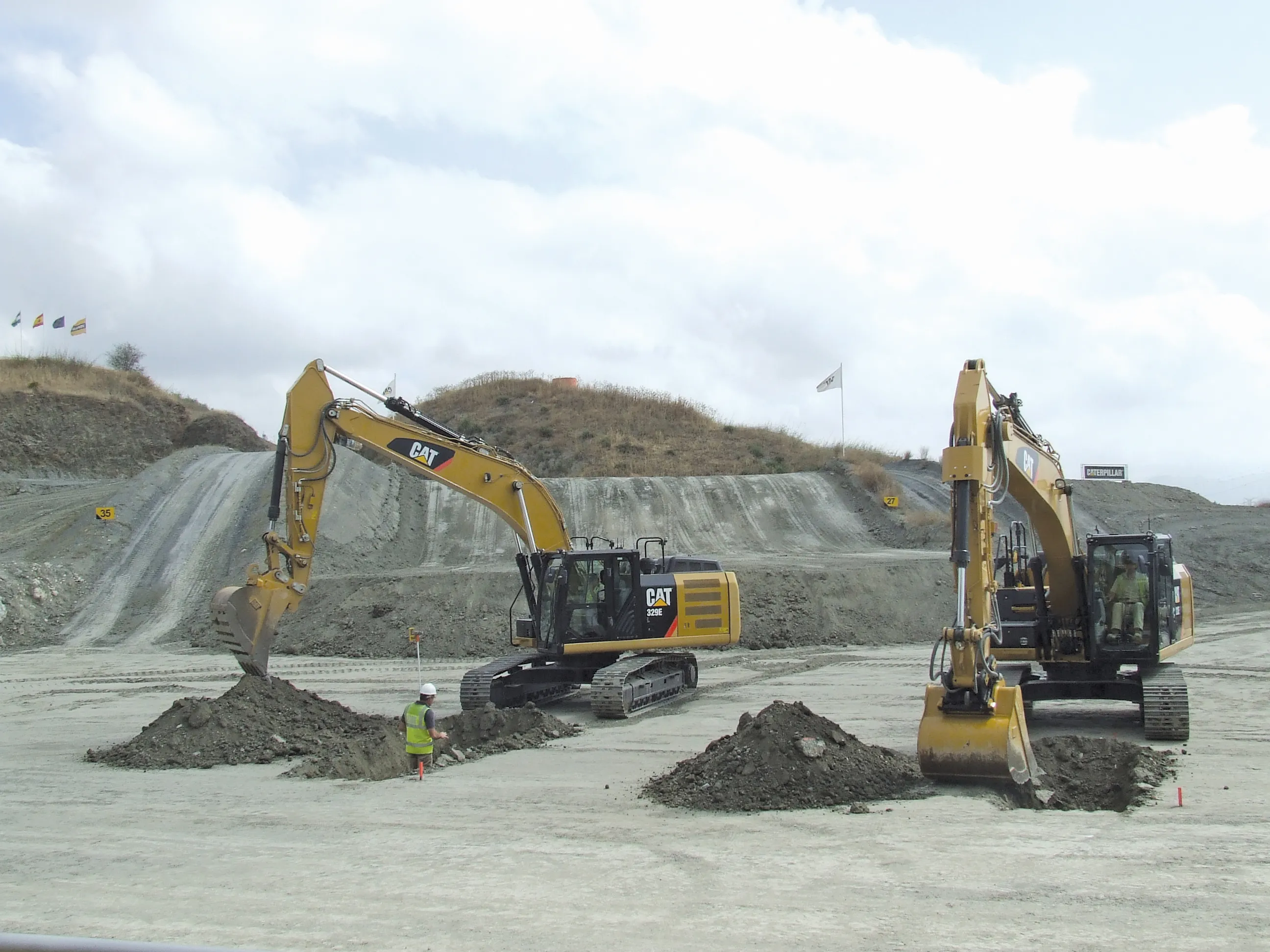Caterpillar’s hybrid excavator represents evolutionary rather than revolutionary technology - Mike Woof reports
One of the key things to understand about Caterpillar’s hybrid excavator is that its fuel savings come not from a single technology, but from a range of features that have been integrated together. The sophisticated engine works hand in hand with the advanced hydraulics, with electronics governing the whole operation and optimising efficiency. And while none of these technologies is new in it
September 27, 2013
Read time: 4 mins

Caterpillar’s hybrid excavator represents evolutionary rather than revolutionary technology - Mike Woof reports
One of the key things to understand aboutThe machine is something of a landmark for Caterpillar in many ways. While Caterpillar products have long been known for factors such as performance, reliability and durability, the machines have not had such a strong reputation for fuel economy as those from rival firms. But with fuel costs increasing, economy is now seen as a priority.
Ken Gray is global product manager for large hydraulic excavators at the firm and gave an overview of how Caterpillar’s new hybrid excavator was developed. He said, “The first thing you need to do is start with an efficient engine. The second is to optimise where to put the energy and the third is to reuse. What people think about hybrid technology is that the hybrid machine has one mechanism to store and reuse energy. We could do it electrically, hydraulically or mechanically with a flywheel. It’s important how you save that energy.”
Gray continued, “In 2009 we were very close to introducing our electric drive hybrid excavator. We had invested tens of millions of dollars in that electric excavator.”
But discussions with an array of machine customers revealed strong scepticism over Caterpillar’s planned use of an electric slew drive for its hybrid excavator, a technology first used by
This customer focus prompted a tough decision within Caterpillar to halt the launch of the electric hybrid. Instead the company opted to take a different route to its rivals and Gray added, “We had a small team working on the hydraulic hybrid technology.”
Gray continued, “When people look at the machine they say it doesn’t look any different.”
The key to the machine is its adaptive control system (ACS), which governs the whole operation. He said, “The ACS is a combination of things that have been around for some time. It allows us to put, very precisely, energy into a specific part of the machine It allows us to minimise back pressure or pressure losses in the hydraulics and you can share energy between circuits.”
Fuel conservation is also important and Gray said, “We run the engine at a lower rpm and we burn less fuel.” The C9.3 diesel in the hybrid machine runs at 1,500rpm, compared with 1,800rpm for the standard excavator, with the lower setting offering a good torque response for reduced fuel consumption.
Meanwhile the hydraulic system features another innovation. Gray said, “What we’re doing is pressurising an accumulator. Every time the machine slows down, that accumulator pressurises and when the swing starts again, you release that energy. This allows us to save about 50% of the power used in the swing. The engineering challenge was to make the system controllable. The 336H uses standard technology and field-proven components. Even the accumulators have been used on construction machines for years.”
Fuel efficiency with regard to the amount of work carried out/litre of fuel burned compared with Caterpillar’s standard excavators is improved enormously and by as much as 70% in some duties, although 50% is a more usual figure according to Gray. Because the technologies are already field-proven, the overall cost of the 336H hybrid excavator is not significantly greater than for the standard 336E model. Depending on the type of operation and the local fuel costs, this means that payback times can easily be within two years.







